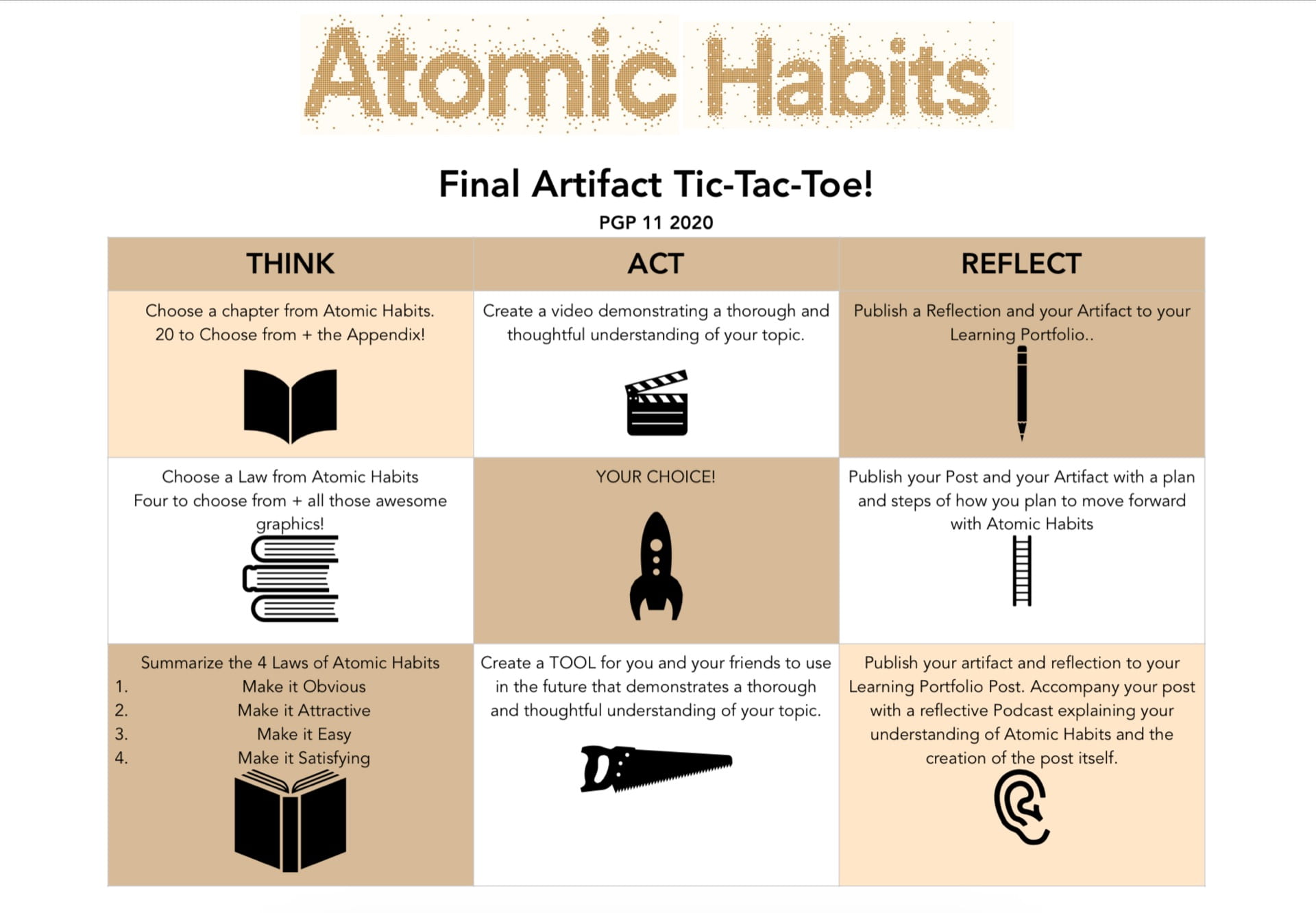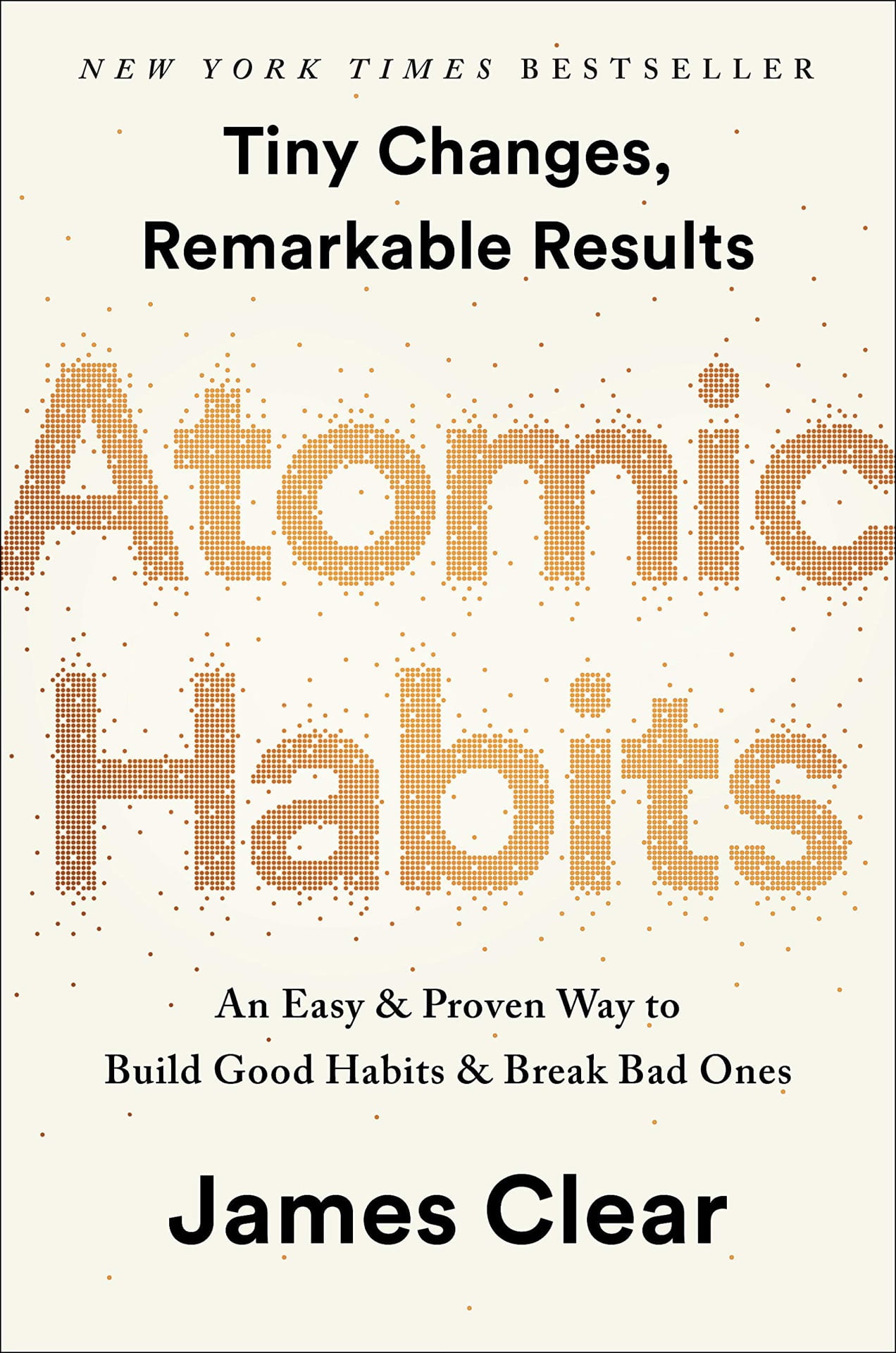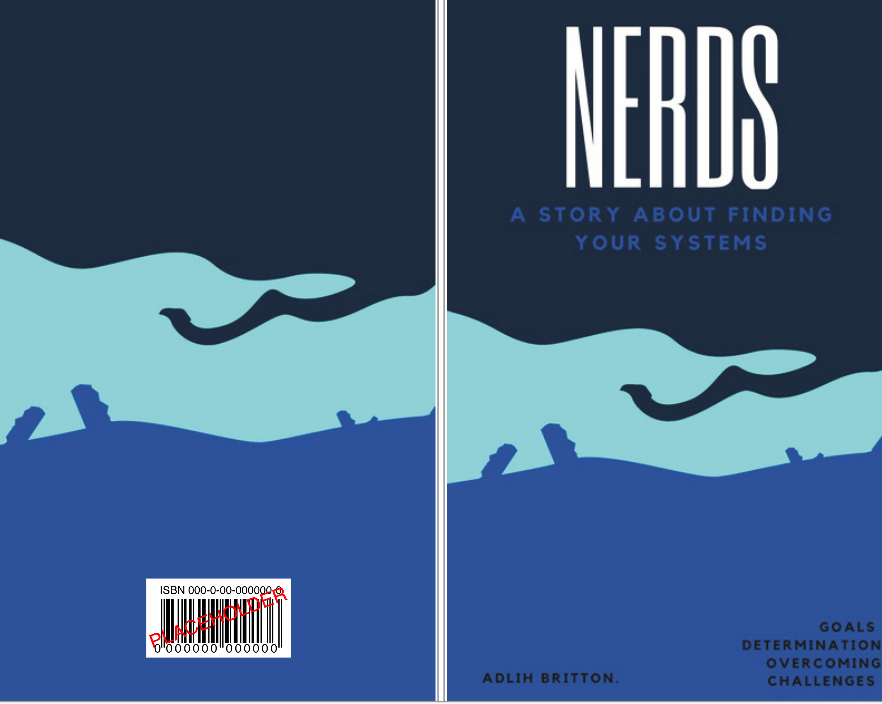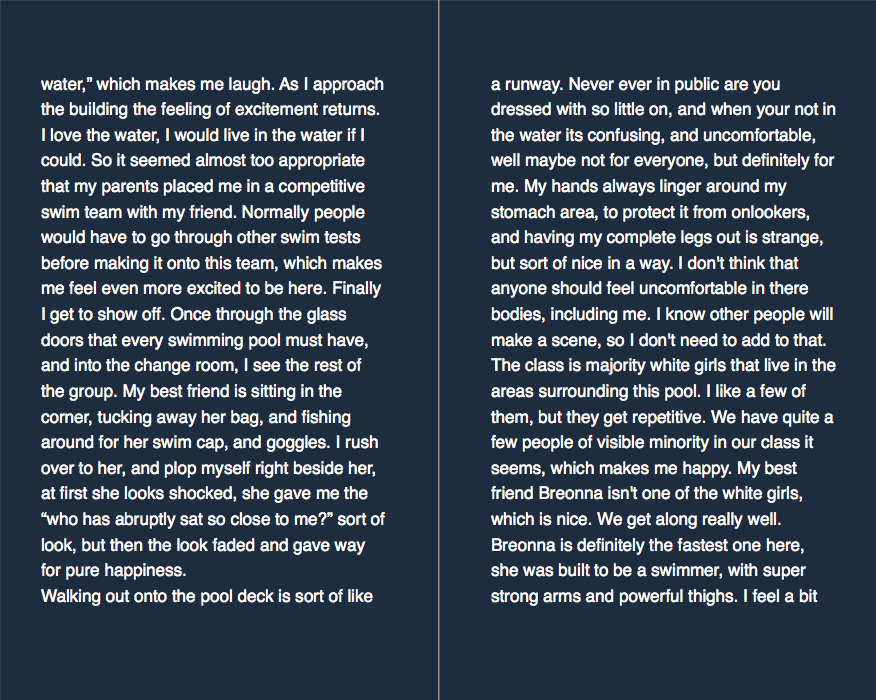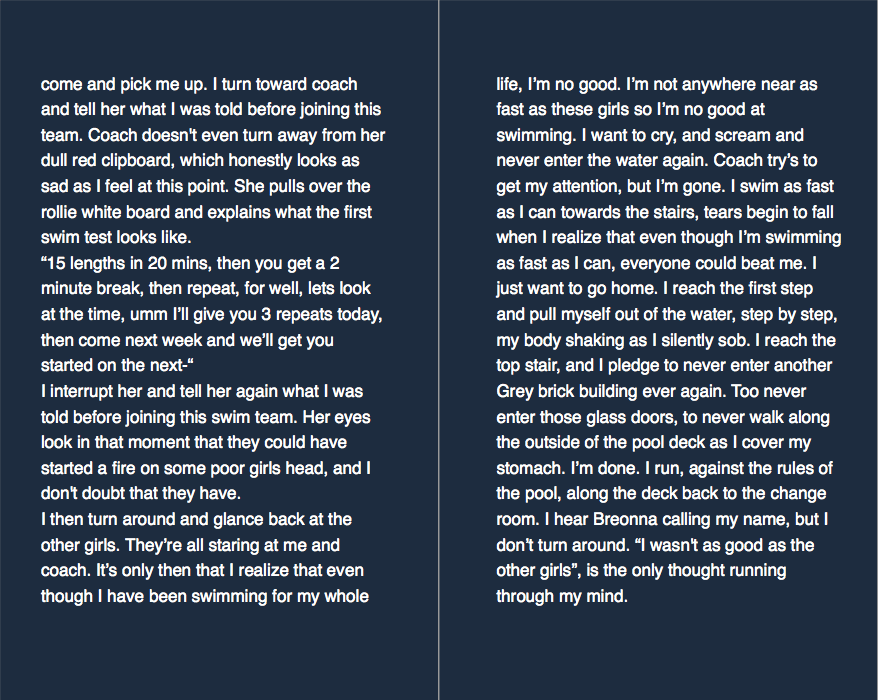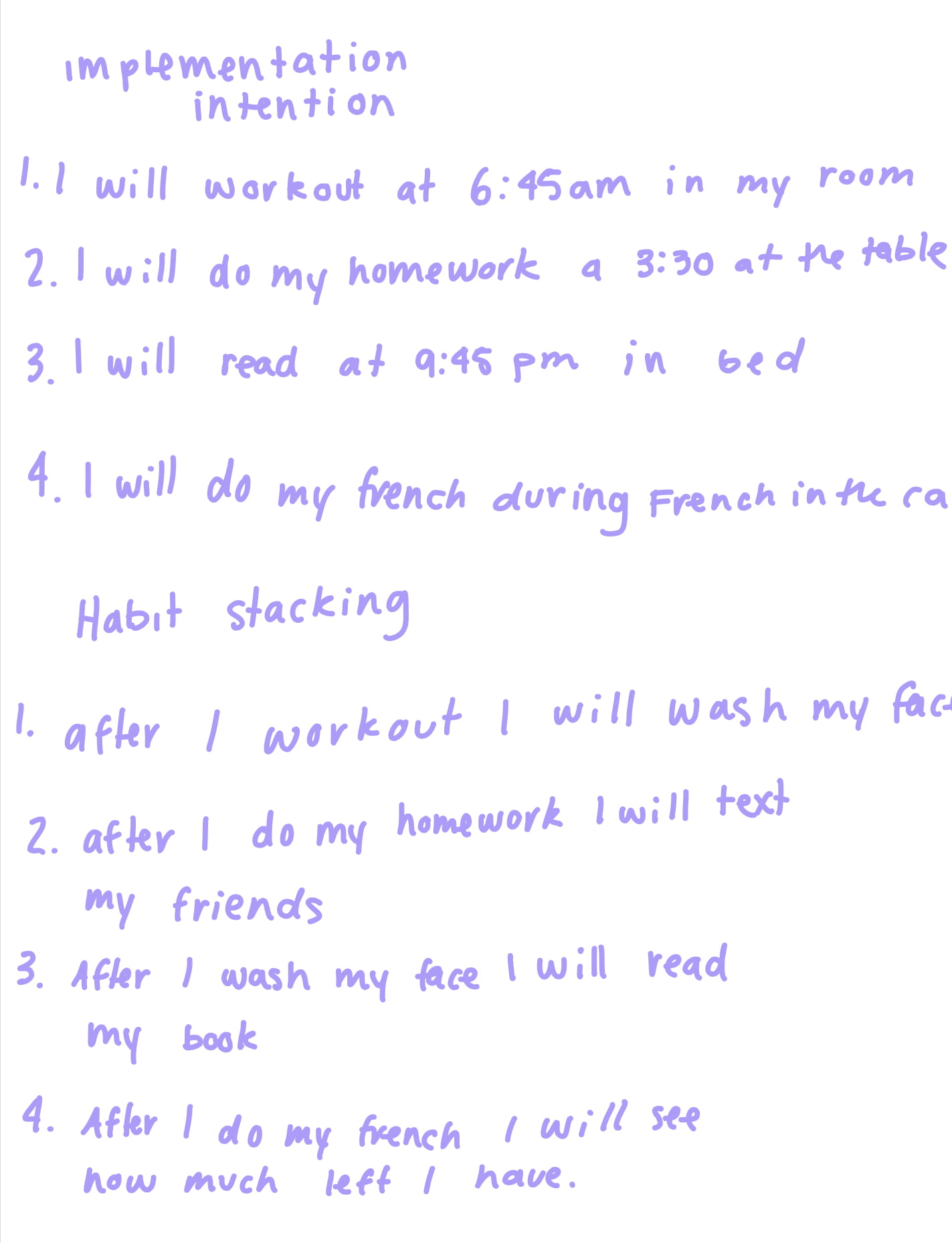Recently PGP 11 has been working on a project to exemplify our understanding of the Atomic Habits book, written by James Clear. The guidelines of the project are as follows, (also in the photo below).
You had to pick something to think about such as a certain habit, a summary of all the habits or even some research into the graphic that interested you. After you chose a think item you had to pick a way to show your understanding, the two chooses offered were to make a video and the other was to create a tool to help you understand and use the think time that you choose. There was a third option that was “your choice” as well. Now once you’ve created an item you have publish it to your learning portfolio and explain it, and I choose the option to include how I am going to move forward with Atomic Habits.
This graphic will really help explain what the process was to choose a project that exemplified my work with Atomic Habits. For anyone who doesn’t know what I mean when I am talking about Atomic Habits, I wrote a separate blog post about it that I will link here! And if you would like a brief understanding of Atomic Habits then your in the right place as I was just about to depart on one.
Atomic Habits was given to my class around November/December 2019, and we had to read it before school came back in January after Christmas break. As time went by I started to realize that my time was running out to read a book that would create so much time for me, the irony was too evident. I had poked and prodded at the book in December but I hadn’t made any real progress, during winter break though I really sat down and started to read. And I personally think that you have to consume all of this book in a small amount of time, unlike other books where you can leave it on the shelf, and read as you please. So I followed my own idea about how to read the book, and I read it all in like 6 days. After I finished I was like “ok, now I’m done. I can go read something else.” As in, I had no emotions towards the book, I just considered it another school book. Now it stayed that way for quite some time, really just until I picked it up for this project did I realize what information I had actually been using this whole time. To prove this point, the week before this project I had been telling my brother about the Valley Of Disappointment, he was talking about his cooking I think, and I had been telling about how I can make waffles (the only thing I can make) without a recipe, and he said that he wasn’t any good at cooking. So a little light came on in my head and I remembered this graph about where you wish you could be and where you are, so I told him about it, and since he’s a 14 kid, I don’t think it actually sank in, but it helped him to realize that just because he couldn’t make waffles like moi (the master) didn’t mean he couldn’t make them, and that one day he would be able to make them without a recipe as well.
More then just the valley of disappointment stayed with me, (like how your environment impacts your habits, that’s really cool) but for the project I decided to focus on the first chapter of Atomic Habits. In this chapter James Clear goes over a few things like the 1% better every day graph (still don’t understand that), he also talks about a few points that are probably some of the most important in the book. The argument I have prepared for this point is that without these points the rest of the book doesn’t stick. “The fundamentals” is what the chapter is called. In this chapter James Clear discusses 4 problems that he has found with goals and habits in general. For my story I chose to exemplify all of these points. (These points are really hidden, but they’re there.) His problems are as follows:
- “Problem #1: Winners and losers have the same goals.”
- “Problem #2: Achieving a goal is only momentary change.”
- “Problem #3: Goals restrict your happiness.”
- “Problem #4: Goals are at odds with long-time progress.”
Excerpt From Atomic Habits
Here’s my final project
I choose to show these problems through the lens of 2 young girls. The main character (who if you’ve noticed remains nameless) is a want to be pro swimmer. She joins a swim team without the proper swim tests and when she gets there she realizes that this swim team isn’t like the other ones that’s she’s been on, and she realizes that she isn’t going to become a pro swimmer because she isn’t as good as the other girls. So the main character leaves, and back at school her and her friend, Breonna (who is on the swim team) discuss what the main character is feeling, and that’s how atomic habits gets brought up. I found the connection that the girls made between atomic habits to the swim team to make the connection clearer to me. In the sense that the girls didn’t need the biggest goals ever to use the book to their advantage. They just needed to strive for something.
One last point before I’m done here, is that the main character doesn’t have a name because I connect to her so much that I would read it as me. And I think that if you read it as you, then it’s you. I found that writing through the lens of others helped me to understand myself, what my goals actually are and what these problems that James Clear created actually mean. So without further a due, please read the short story, and tell me what you think.
Thanks for reading
Adlih
